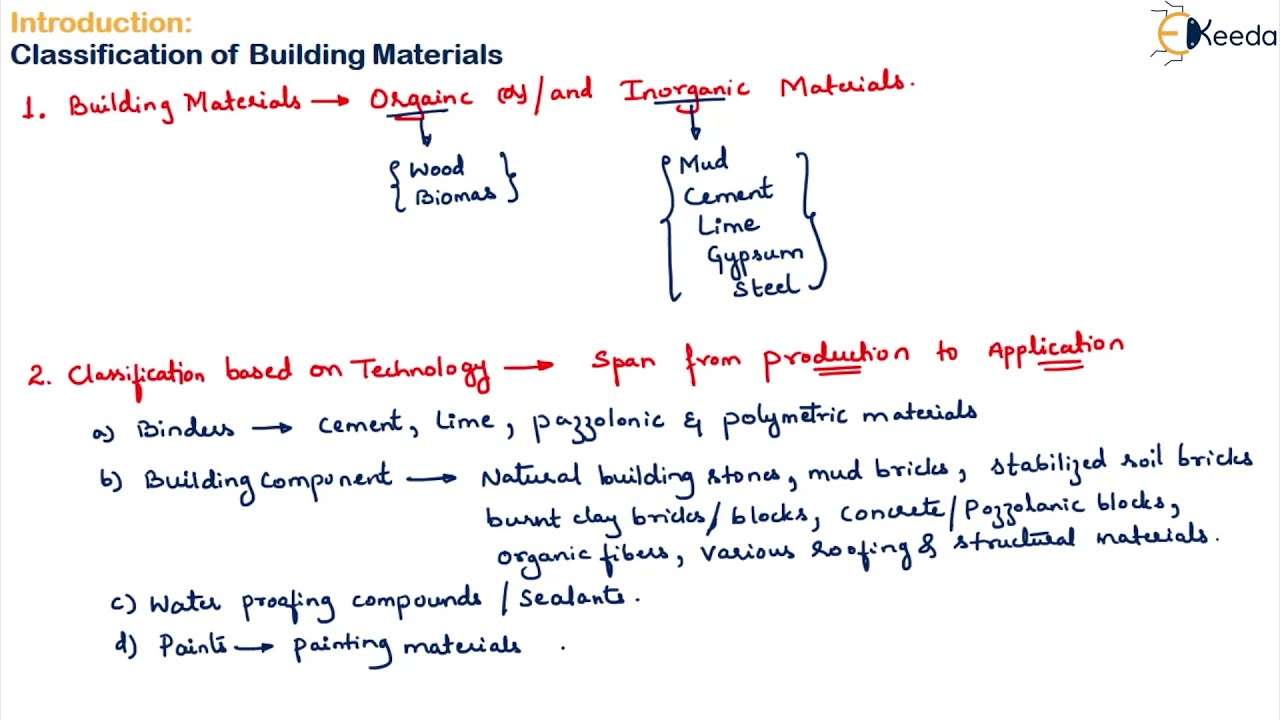The world of construction is rapidly evolving, demanding innovative solutions that prioritize both efficiency and environmental responsibility․ Traditional building materials, often resource-intensive and environmentally damaging, are facing increasing scrutiny․ This is where the emergence of companies like Rons Building Materials is crucial, offering a fresh perspective on sustainable construction practices․ Rons Building Materials is not just about providing supplies; it’s about fostering a future where buildings are built with the planet in mind․
Rethinking the Building Blocks: The Rons Difference
What sets Rons Building Materials apart from the competition? It’s a multifaceted approach that encompasses:
- Eco-Friendly Sourcing: Prioritizing materials sourced from sustainable forests, recycled content, and locally available resources․
- Innovative Material Science: Investing in research and development to discover and utilize new, environmentally friendly building materials․
- Reduced Carbon Footprint: Minimizing the environmental impact of their operations, from transportation to manufacturing․
Examples of Rons’ Sustainable Materials
Rons Building Materials offers a wide range of sustainable alternatives to traditional building materials․ Here are just a few examples:
- Bamboo Flooring: A rapidly renewable resource that provides a durable and aesthetically pleasing flooring option;
- Recycled Plastic Lumber: A weather-resistant and long-lasting alternative to traditional lumber, made from recycled plastics․
- Hempcrete: A bio-composite material made from hemp, lime, and water, offering excellent insulation and breathability;
The Impact on the Construction Industry
The rise of companies like Rons Building Materials is prompting a significant shift in the construction industry․ More and more builders and developers are recognizing the benefits of sustainable construction, including:
- Reduced Environmental Impact: Minimizing the carbon footprint of building projects and conserving natural resources․
- Improved Building Performance: Utilizing materials that offer superior insulation, air quality, and durability․
- Enhanced Property Value: Creating buildings that are more attractive to environmentally conscious buyers and renters․
Looking Ahead: The Future of Sustainable Construction
The future of construction is undoubtedly sustainable, and companies like Rons Building Materials are at the forefront of this movement․ As technology advances and awareness grows, we can expect to see even more innovative and environmentally friendly building materials emerge․ The commitment of Rons Building Materials to eco-friendly practices ensures a brighter future for the construction industry and the planet․ Ultimately, the success of projects hinges on having access to the right resources, and that’s where Rons’ expertise truly shines․
BEYOND MATERIALS: RONS’ HOLISTIC APPROACH
Rons Building Materials understands that true sustainability extends beyond just the materials themselves․ They offer a comprehensive approach that includes:
– Expert Consultation: Providing guidance and support to builders and homeowners on selecting the right sustainable materials for their projects․
– Waste Reduction Programs: Implementing strategies to minimize waste on construction sites and promote recycling of building materials․
– Education and Training: Offering workshops and training sessions to educate industry professionals on sustainable building practices․
COMPARISON: TRADITIONAL VS․ SUSTAINABLE BUILDING MATERIALS
Feature
Traditional Building Materials
Sustainable Building Materials (e․g․, from Rons)
Environmental Impact
High carbon footprint, depletion of natural resources, potential for pollution․
Low carbon footprint, use of recycled/renewable resources, reduced pollution․
Durability
Variable; some materials require frequent replacement․
Often highly durable and long-lasting, reducing the need for frequent replacement․
Cost
Initially may be lower, but long-term costs can be higher due to maintenance and replacement․
May have a higher upfront cost, but often lower long-term costs due to durability and energy efficiency․
Health & Well-being
May contain VOCs and other harmful chemicals․
Often made with non-toxic materials, promoting healthier indoor air quality․
CHALLENGES AND OPPORTUNITIES
While the transition to sustainable construction is gaining momentum, there are still challenges to overcome․ These include:
– Higher Initial Costs: Sustainable materials can sometimes be more expensive than traditional materials, although the long-term benefits often outweigh the initial investment․
– Limited Availability: In some areas, access to sustainable building materials may be limited․
– Lack of Awareness: Many builders and homeowners are still unaware of the benefits of sustainable construction․
However, these challenges also present opportunities for innovation and growth․ As demand for sustainable building materials increases, prices are likely to decrease, and availability will expand․ Furthermore, education and outreach efforts can help to raise awareness and promote the adoption of sustainable building practices․
Ultimately, the success of sustainable construction depends on the collective efforts of builders, developers, homeowners, and material suppliers․ With companies like Rons Building Materials leading the way, the future of construction is looking brighter – and greener – than ever before․ As we move forward, remember that choosing Rons Building Materials is a step towards a more sustainable and responsible built environment․
